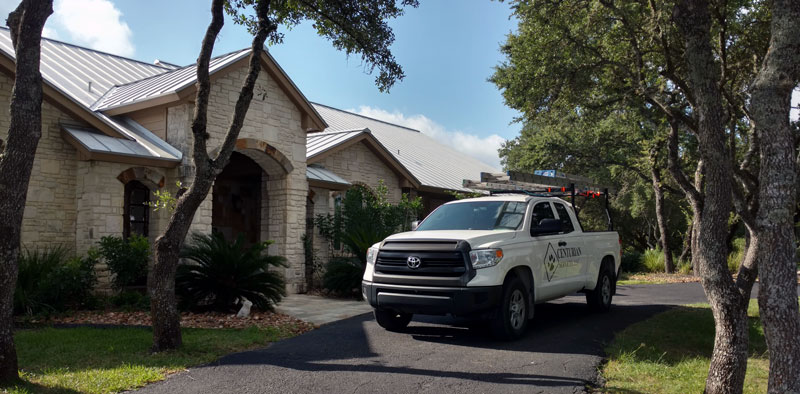
If you have just managed to eliminate an un-welcomed creature from your attic, you are likely aware that your job is far from over. Not only are you going to have to go over every nook and cranny of your house with a magnifying glass to seal up possible entry holes, you are also going to need to clean up after the little creature. Cleanup has less to do with urine and feces elimination since it does with getting back your attic into shape. After all, it is very likely your insulation was chewed, scratched, torn and, yes, even defecated on. Any duct function you have might be in need of replacement, and we'll expect that the electric wires weren’t left alone.
The first step in attic repair is to seal any openings that may serves as entry points for rodents, squirrels, or bats. Sealing up holes doesn't have to be accomplished with strangely cut pieces of wood or metal nailed haphazardly around your premises. After all the holes are patched, you can move to the important areas of repairing your attic. Now's the time to test any electrical sockets and wires. Ceiling fans and ceiling lights can be prime places for pests to frequent because of the amount of warmth within these places. Any damaged wiring needs to be replaced as soon as you possibly can. Damaged wires place your house and family in danger of an electrical fire. Inefficient ducts will raise your energy costs significantly.
If everything else is in working condition, it's time to turn your focus to your insulation. Because most homeowners do not understand they have a pest problem until it's out of control, the damage to insulation frequently warrants its total removal. If you're replacing insulation in your attic, consider using closed cell foam insulation. A sort of liquid insulation, spray foam is applied to a surface by means of a hose with a unique application nozzle. Once implemented, the foam expands to a hundred times its initial size, completely sealing any cracks or pinholes. Closed cell insulation will harden and give a shell that's moisture-resistant, durable, and energy efficient. Spray foam has a fifty percent greater energy efficiency than many similar products, and will often make you qualified for state energy programs. In regards to spray fleas and foam, the foam is most commonly comprised of non-nutritional substances, so will not have any appeal to burrowing insects. Most mammalian pests prefer soft, fluffy insulation which will make it effortless to make a nest to share with babies. The fact that foam is unappealing won't shield it from the chewing which happens, however. Homeowners with communal bathroom pests, like flying squirrels, will be thankful they installed a moisture-resistant, hard insulation like spray foam.
With no accessible entry holes, correctly routed and connected electric lines, clean and secure outlets, uninjured duct work, and energy efficient insulation, your attic will have completely recovered from its animal invasion. Regular checks of your unused home spaces will guarantee pests will no longer be a problem, and will ensure your house is a safe and effective as it can be.
